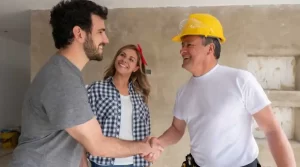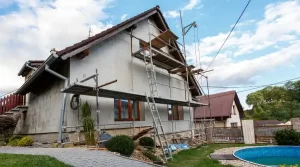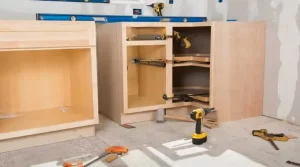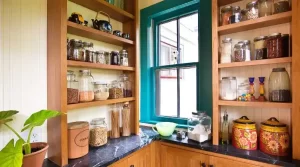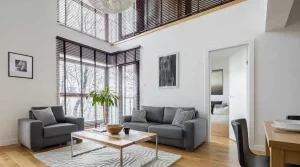At Elizabeth Remodeling Company, we are committed to staying ahead in innovative and sustainable home design and services. Among the exciting advancements in the realm of energy-efficient homes is the concept of the Passive House. This transformative approach is revolutionizing the way we think about comfort, efficiency, and environmental responsibility in residential architecture.
Demystifying Passive Design
The term “passive” has become nearly as common as “green” in recent times. However, do we truly grasp its meaning? And how does this encompassing term differ from the quantifiable standards of the capitalized Passive House?
Understanding the nuances of green building lies in the details. Here, we unravel the vocabulary and implied meanings within the domain of passive design.
Interpreting the Language
When someone claims, “This house was designed with passive solar principles,” they imply that the house’s orientation and window placement maximize heat gain from natural daylight. They might have also considered shading strategies to combat hot summers. These initial steps are fundamental in reducing a house’s energy consumption.
In contrast, stating, “This house was designed to Passive House principles,” signifies that both the architect and builder deliberately opted for measurable building standards that promote low-energy consumption. This terminology originates from Germany’s Passivhaus movement.
On the other hand, if you hear, “This house is a certified Passive House,” it means that beyond designing and constructing the house to Passive House standards, it has successfully undergone a certification process. This process is overseen by various entities worldwide. The original certifying institute is Germany’s Passivhaus Institute, widely recognized as the gold standard with stringent performance metrics. In the United States, the Passive House Institute US (Phius) offers an alternative certification path with slightly less demanding criteria. Both certifications necessitate performance proof and third-party accountability.
Unveiling the Passive House Standard
Contrary to its name, passive homes are anything but inactive. A house designed to harness solar heat through its windows actively conserves energy. Going a step further into the realm of the Passive House standard, such a house can actively work in all seasons to maintain a comfortable and healthful indoor environment without excessive energy consumption.
A Passive House remains comfortable in all seasons and its interior remains in optimal temperature without relying on active heating or cooling systems.
Depending on your location and localized standards, a project must meet specific annual energy consumption limits to qualify. In Europe, historically, the limit was 15 kilowatt-hours per square meter per year. In the US, this limit has been adjusted to address diverse climate zones. In terms of magnitude, we’re talking about energy savings ranging from 60% to 70%, or even more, compared to conventional buildings.
The Science Behind Passive Houses
The design of a Passive House begins with a compact building shape. You’ll notice that most Passive Houses are essentially box-shaped. While visual interest can be added using unconditioned outdoor spaces, the core of this compact design is crucial for efficiency.
During the winter, passive solar design maximizes heat absorption from the sun. This involves orienting the house to capture the sun’s path and ensuring that the winter sun’s low angle penetrates as much of the home’s interior as possible.
Adding to this heat is the warmth generated from daily activities such as cooking, cleaning, computer use, and operating home appliances.
Mechanical ventilation maintains fresh air and heats incoming air with exhaust air. Dehumidifiers manage healthy moisture levels and prevent mold growth.
During the summer, shading devices and high sun angles are utilized to prevent excessive sun exposure, maintaining cool indoor temperatures.
To create a Passive House, not only must the walls, slabs, and roof be well-insulated, but all openings must also be insulated. High-quality windows play a significant role in energy savings.
Embracing the Passive House Revolution
Deciding whether or not to certify a Passive House is an ongoing debate. Some view certification as an added and redundant expense, while others argue that it enhances transparency and accountability. Homeowners often see certification as a means to add market value to their property.
Embracing a Sustainable Future
The Passive House concept is a testament to the power of visionary thinking and sustainable practices. At Elizabeth Remodeling Company, we invite you to join us in embracing this transformative approach, paving the way for a greener, more energy-efficient future. Contact us today to embark on your Passive House journey that merges cutting-edge technology with timeless comfort and environmental consciousness.


